Alfredo Bernardini, Rebeca Ferri - Dreyer: 6 Sonatas for Oboe and Continuo (2024) [Hi-Res]
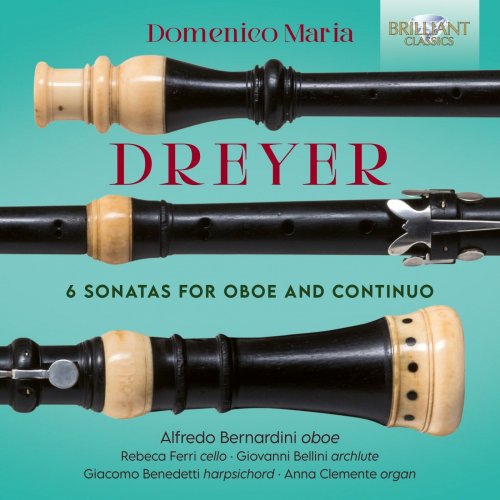
Artist: Alfredo Bernardini, Rebeca Ferri
Title: Dreyer: 6 Sonatas for Oboe and Continuo
Year Of Release: 2024
Label: Brilliant Classics
Genre: Classical
Quality: flac lossless (tracks) / flac 24bits - 44.1kHz
Total Time: 00:55:14
Total Size: 306 / 577 mb
WebSite: Album Preview
TracklistTitle: Dreyer: 6 Sonatas for Oboe and Continuo
Year Of Release: 2024
Label: Brilliant Classics
Genre: Classical
Quality: flac lossless (tracks) / flac 24bits - 44.1kHz
Total Time: 00:55:14
Total Size: 306 / 577 mb
WebSite: Album Preview
01. Sonata prima in E Minor: I. Adagio sostenuto. À tempo Cantabile
02. Sonata prima in E Minor: II. Allegro
03. Sonata prima in E Minor: III. Adagio
04. Sonata prima in E Minor: IV. Allegro
05. Sonata seconda in C Major: I. Largo
06. Sonata seconda in C Major: II. Allegro
07. Sonata seconda in C Major: III. Adagio
08. Sonata seconda in C Major: IV. Giga
09. Sonata terza in G Major: I. Grave
10. Sonata terza in G Major: II. Allegro Cantabile
11. Sonata terza in G Major: III. Grave
12. Sonata terza in G Major: IV. Allegro Assai
13. Sonata quarta in D Minor: I. Adagio Cantabile
14. Sonata quarta in D Minor: II. Affettuoso
15. Sonata quarta in D Minor: III. Largo
16. Sonata quarta in D Minor: IV. Allegro Assai
17. Sonata quinta in G Minor: I. Largo e Cantabile
18. Sonata quinta in G Minor: II. Allegro
19. Sonata quinta in G Minor: III. Largo
20. Sonata quinta in G Minor: IV. Giga Allegro
21. Sonata sesta in A Minor: I. Adagio
22. Sonata sesta in A Minor: II. Allegro
23. Sonata sesta in A Minor: III. Siciliana
24. Sonata sesta in A Minor: IV. Allegro
Bernardini meets Dreyer: a distinguished period-instrument oboist explores the music of a little-known Florentine forebear.
Domenico Dreyer was born in Florence in 1701 to an Italian mother and German father, at a time when Italy was experiencing a golden age for the oboe, led by technical innovations in the design of the instrument. The family was musical, but why he picked up the oboe is unknown, as is most of his early life. At any rate, these sonatas are preserved in manuscript form under his name – his only surviving music – and may have been published in 1727.
What we do know is that Dreyer travelled with his brother, a singer and impresario, across Europe and as far as St Petersburg.
In the early 1730s Dreyer was playing in Venice, where he most likely met Vivaldi, and a musical link between the two men is illustrated by these six appealing sonatas. At any rate, Bernadini is drawn to these sonatas, as he explains in a booklet introduction, ‘because they combine ornamented and very expressive slow movements with fast movements of great virtuosity, using the possibilities of the two-key oboe to the extreme.’
Bernadini draws out various thematic correspondences between particular movements of the sonatas and various parts of Vivaldi’s output, while observing a more general Vivaldian flavour to the writing.
We might know more but for Dreyer’s sudden and unexplained death at the age of 34, ‘due to an unfortunate event,’ according to the best historical record available. The sonatas may be enjoyed on their own terms, however, as stylish examples of Italian Baroque chamber writing at its zenith.
They are performed here by Bernadini on a copy of a 1730 instrument by Giovanni Maria Anciuti (1674-1744), the most important Italian wind instrument maker of the time. Not only is this the closest available instrument to Dreyer’s sonatas in terms of place and date, but it is also one of the few 18th-century oboes to feature the low C sharp, which Dreyer notates at the end of the Fourth Sonata. He is joined by a quartet of fellow Italian period- instrument specialists, who supply a richly varied continuo section.
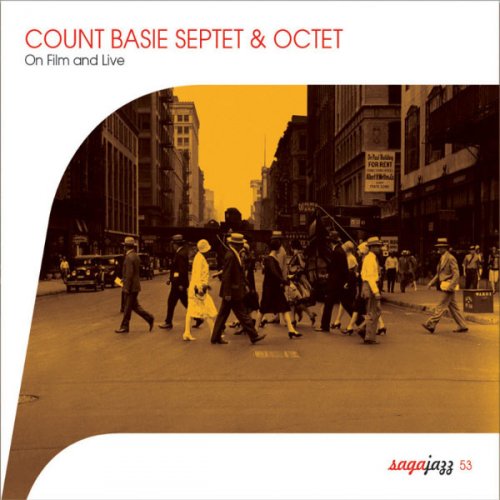
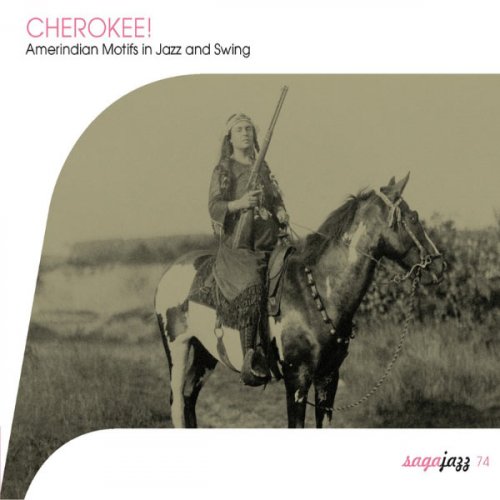
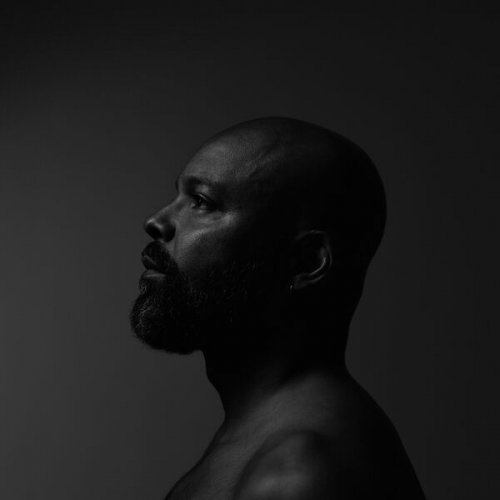
![JD Allen - The Dark, the Light, the Grey and the Colorful (2024) [Hi-Res] JD Allen - The Dark, the Light, the Grey and the Colorful (2024) [Hi-Res]](https://www.dibpic.com/uploads/posts/2024-10/1727892907_ial0pum7mvzwc_600.jpg)
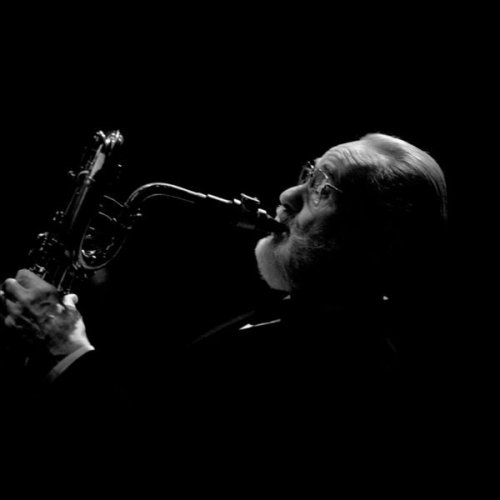
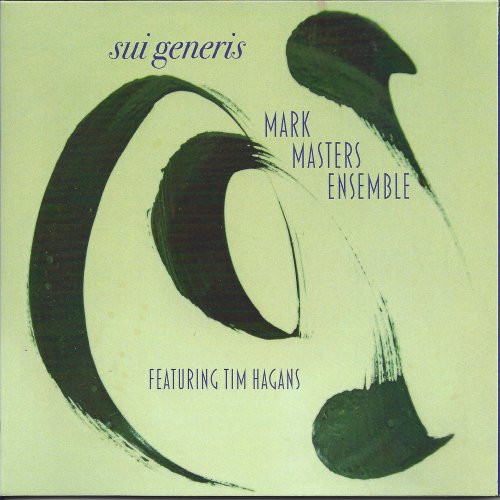
![Bonobo - Black Sands (2010) [E-AC-3 JOC Dolby Atmos] Bonobo - Black Sands (2010) [E-AC-3 JOC Dolby Atmos]](https://www.dibpic.com/uploads/posts/2024-10/1728234930_photo_2024-10-06_00-40-12.jpg)
![Adrian Younge & Ali Shaheed Muhammad - Jazz Is Dead 021 (2024) [Hi-Res] Adrian Younge & Ali Shaheed Muhammad - Jazz Is Dead 021 (2024) [Hi-Res]](https://www.dibpic.com/uploads/posts/2024-10/1727808708_zh2lmlpi93tya_600.jpg)
![Teddy Edwards - Together Again!!!! (Remastered 2024) (1961) [Hi-Res] Teddy Edwards - Together Again!!!! (Remastered 2024) (1961) [Hi-Res]](https://www.dibpic.com/uploads/posts/2024-10/1727976407_folder.jpg)